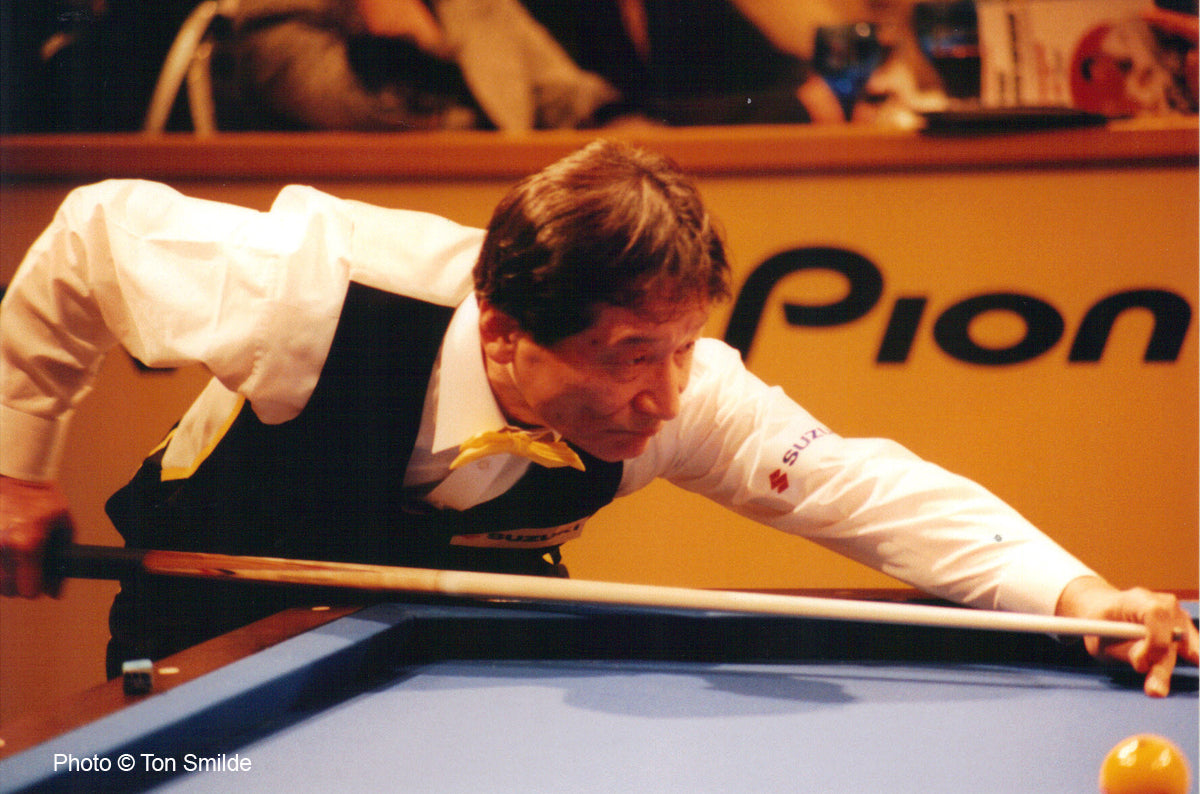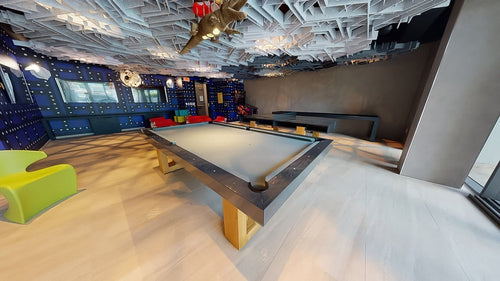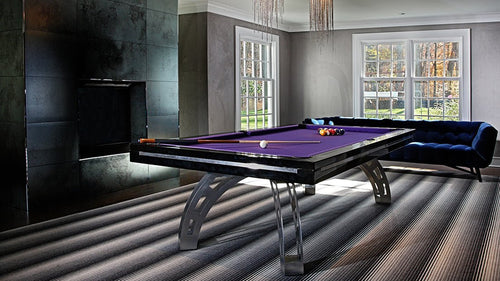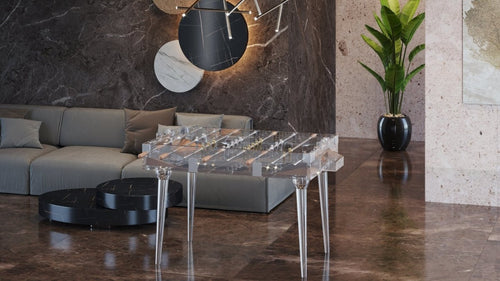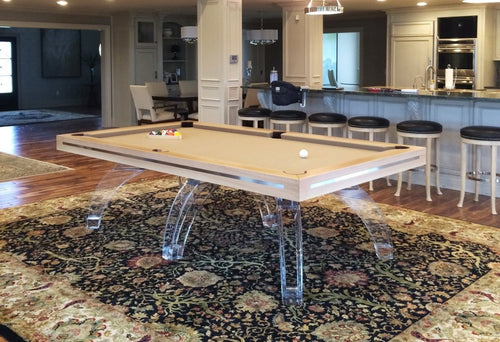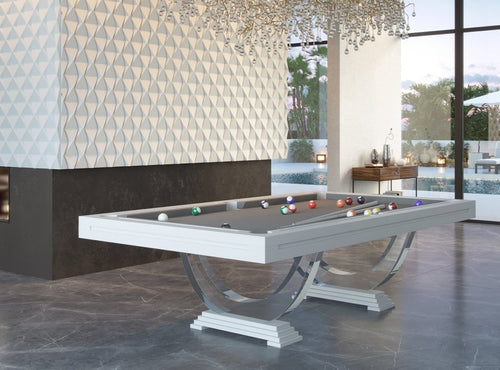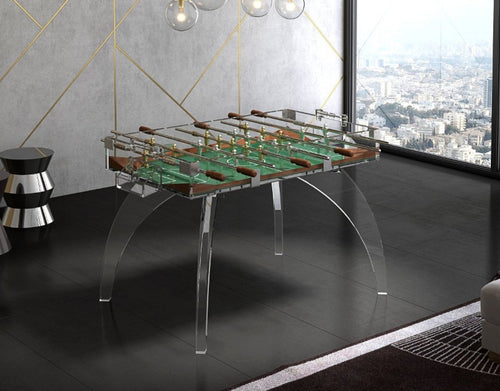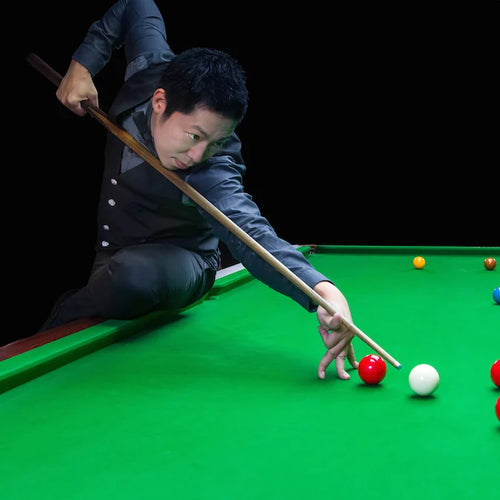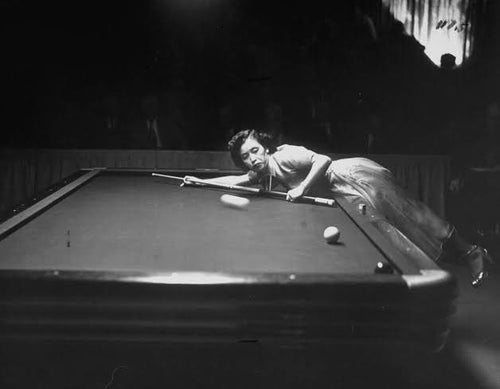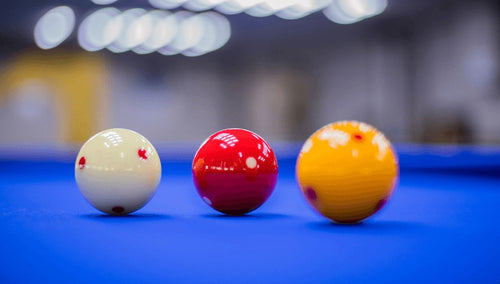Enjoy our modern designs
Billiards' journey into the cultural heartlands of Japan and Korea is a compelling tale of globalization, cultural adaptation, and the search for national identity through leisure activities. This evolution was significantly influenced by Western colonization and the military presence, particularly that of the United States, during pivotal moments in the 20th century.

In Japan, the introduction of billiards is often traced back to the opening of the country during the Meiji Restoration, a period marked by rapid modernization and Westernization efforts in the late 19th and early 20th centuries. However, it was during the post-World War II era, under American occupation, that billiards began to seep more profoundly into the Japanese social fabric. American military bases became hubs for cultural exchange, where billiards emerged as a popular pastime among soldiers. This exposure introduced the game to local Japanese communities, where it quickly moved beyond the fences of military installations. Billiards rooms began appearing in urban areas, serving as spaces not just for leisure but also for socializing and engaging with Western culture in a Japan that was rapidly rebuilding and redefining itself.

Korea's encounter with billiards followed a somewhat parallel yet distinct trajectory. The game was introduced during the Japanese occupation in the early 20th century, but it gained significant traction following the Korean War, as American military presence increased on the peninsula. The 1950s and 1960s saw a proliferation of billiards as a form of leisure among American soldiers stationed in Korea, which facilitated its introduction into Korean society. Billiards halls started to proliferate, especially around U.S. military bases, becoming spaces of cultural interaction between Koreans and Americans.
The Popular Surge of Carom Billiards

Central to the billiards scene in both Japan and Korea is the game of carom billiards, a category that eschews the pool's familiar pockets in favor of a pure focus on the balls' interaction on the table. This form of billiards, which includes several game types, emphasizes precision, strategy, and the complex geometry of shots. Carom billiards' popularity in these countries underscores a shared cultural appreciation for challenges that blend physical skill with mental acumen.
Sa-gu: Korea's Strategic Challenge
In Korea, the carom billiards variation known as Sa-gu (or four-ball billiards) stands out for its strategic gameplay. Sa-gu is played with four balls—two white (each player uses one as their cue ball) and two reds—on a table without pockets. Players score points by striking their cue ball so it caroms off the two red balls and the opponent's cue ball in a single shot. The game's complexity lies in its requirement for strategic foresight and precision, reflecting the Korean cultural emphasis on patience and meticulous planning.
Yotsudama: Japan's Artistic Precision
Meanwhile, Japan's contribution to the carom billiards world includes Yotsudama, a term that resonates with the essence of Japanese billiards culture. Though not a game in itself, Yotsudama symbolizes the four balls used in various Japanese billiards games, emphasizing the balance and harmony inherent in the sport. This concept is closely aligned with the strategic and contemplative nature of three-cushion billiards, a popular carom game in Japan where the goal is to hit the cue ball off three cushions before making contact with the second object ball. The game demands not just technical skill but a deep understanding of physics and geometry, mirroring the Japanese appreciation for discipline and mastery.
Prominent Players and Tournaments
Japan and Korea have produced world-class billiards talent, with players achieving international acclaim. Masako Katsura from Japan, known as the "First Lady of Billiards," broke gender barriers in the mid-20th century. More recently, players like Yukio Akakariyama (Japan) and Cho Jae-ho (Korea) have dominated in three-cushion billiards, bringing home numerous international titles. Tournaments like the Asian Carom Billiards Championship have become battlegrounds for the region's best, showcasing the high level of play and innovation that defines the East Asian billiards scene.

